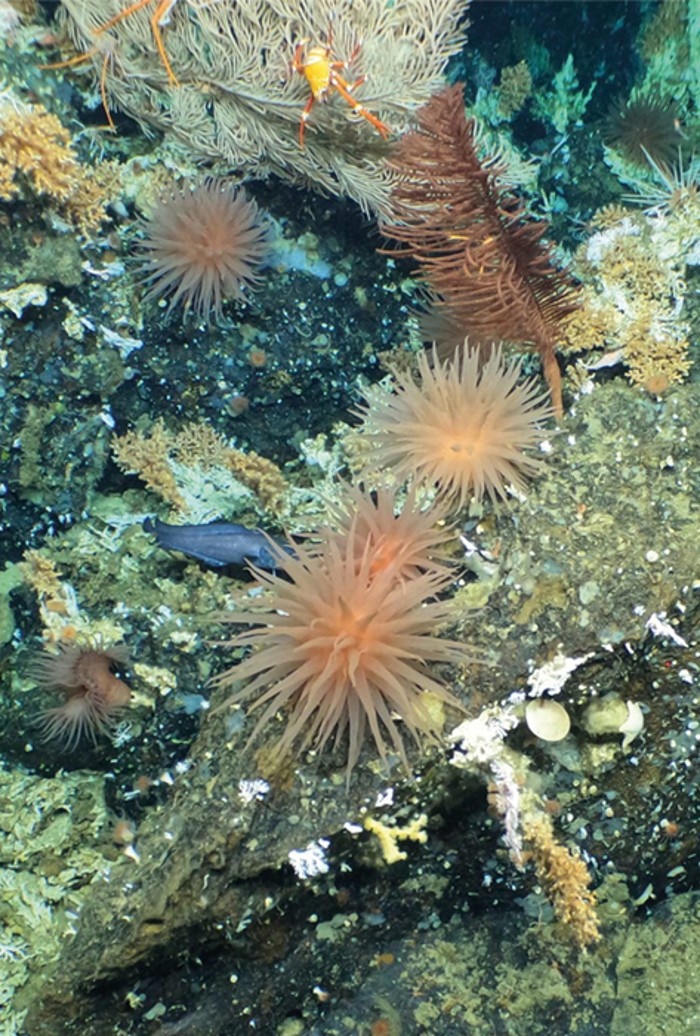-
-
-
-
- Forum Labo 2025
- Advanced Therapies Week (ATW) 2025
- SLAS Europe 2025
- Bioprocessing Summit Europe 2025
- Medlab Middle East 2025
- SLAS International 2025
- Biologics World Nordics 2025
- ASIA LABEX: The Lab Show 2025
- BioProcess International Europe 2025
- ISEV 2025
- Future Labs Live 2025
- Cell 2025
- ASIA LABEX: The Lab Show 2025
-
-
-
-
- Forum Labo 2025
- Advanced Therapies Week (ATW) 2025
- SLAS Europe 2025
- Bioprocessing Summit Europe 2025
- Medlab Middle East 2025
- SLAS International 2025
- Biologics World Nordics 2025
- ASIA LABEX: The Lab Show 2025
- BioProcess International Europe 2025
- ISEV 2025
- Future Labs Live 2025
- Cell 2025
- ASIA LABEX: The Lab Show 2025
-
- Benchtop Centrifuges
- Floor-Standing Centrifuges
- Refrigerated Centrifuges
- Microcentrifuges
- Multipurpose Centrifuges
- High-Speed Centrifuges
- Ultracentrifuges
- Concentrator
- High-Speed and Ultracentrifuge Consumables
- Centrifuge Tubes
- Centrifuge Plates
- Device Management Software
- Sample and Information Management
-
- All Pipettes, Dispensers & Automated Liquid Handlers
- Mechanical Pipettes
- Electronic Pipettes
- Multi-Channel Pipettes
- Positive Displacement Pipettes & Dispensers
- Automated Pipetting
- Bottle-Top Dispensers
- Pipette Controllers
- Pipette Tips
- Automation Consumables
- Dispenser & Pipette Accessories
- Automation Accessories
- Dispenser & Pipette Services
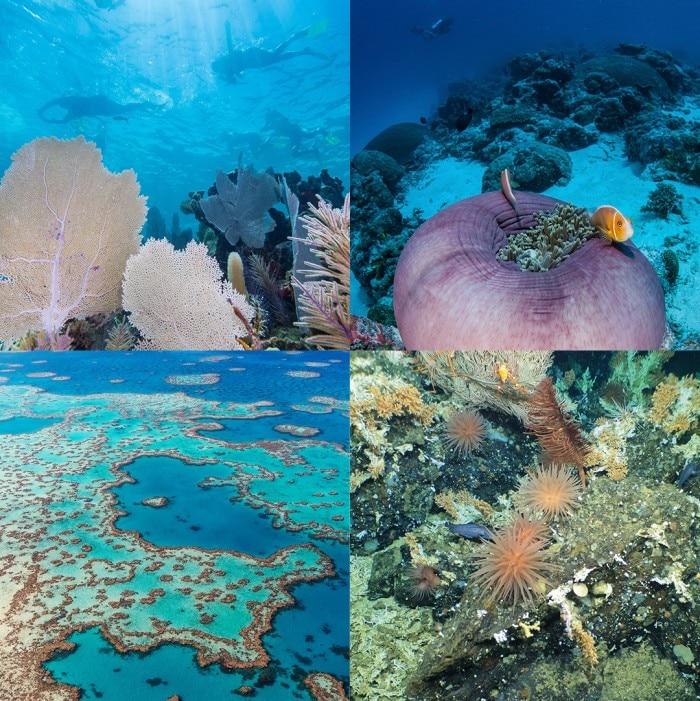
Coral reefs - Exquisitely Beautiful and Endangered
Beyond Science
- Nature
- Off the Bench
- Off the Bench
- Inspiring Science
Coral reefs are among the most species-rich ecosystems in the world. The “rainforests of the oceans” are indispensable for the health of the planet – while at the same time, they are seriously threatened by climate change. A journey to four reefs.
The Coral Triangle: An Ocean Paradise
Bright red corals, clownfish, giant clams and, at times, a blue whale. The Coral Triangle, located between the Philippines, Borneo and Papua New Guinea, is home to more than 3,000 fish species and 600 coral species. As well, six of the seven species of sea turtles that exist worldwide lay their eggs right here. There is no other place on Earth that shelters as many different species of animals and plants. Besides three quarters of all known species of stony coral, this area features extended meadows of sea grass, and mangrove forests grow along the coastlines. Since the currents within the lagoons of the Coral Triangle are weak, a large proportion of the plastic waste that ends up in the oceans on a daily basis is not carried out to sea but instead remains in place, threatening biodiversity. Institutions such as the Coral Triangle Initiative want to expand the protection of the ecosystem by establishing marine reserves.
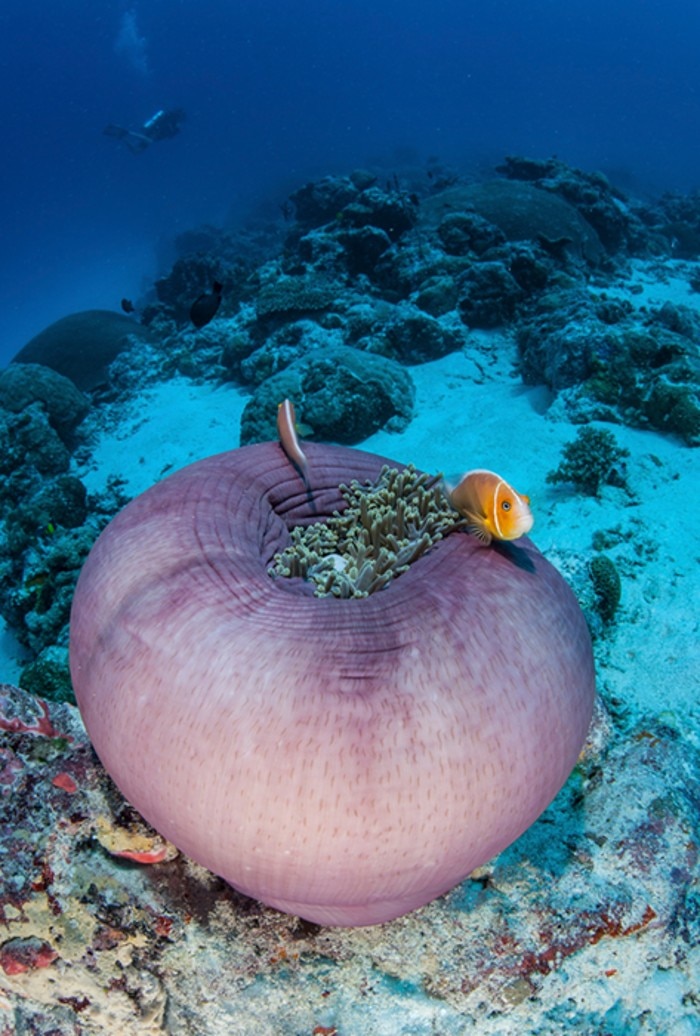
There is Hope for the Bright Beauty
From space, it is visible to the naked eye: the Great Barrier Reef off the northeast coast of Australia is the most extensive coral reef in the world. It covers an area the size of Germany, and it provides a home to the smallest of all shark species, the wobbegong, as well as the largest – the whale shark. Climate change, however, is taking a toll on the shimmering beauty. Since 2016, it has been plagued four times already by mass bleaching events: due to consistently rising ocean temperatures, corals drive out the algae with which they normally lead a symbiotic existence, and which are responsible for their intensive coloring – leaving behind the chalky-white coral. Saving them is top priority: in 2018, marine biologists of the Reef Restoration Foundation “planted” particularly robust coral in bare areas – this past May, they spawned for the first time. A success that gives rise to hope.
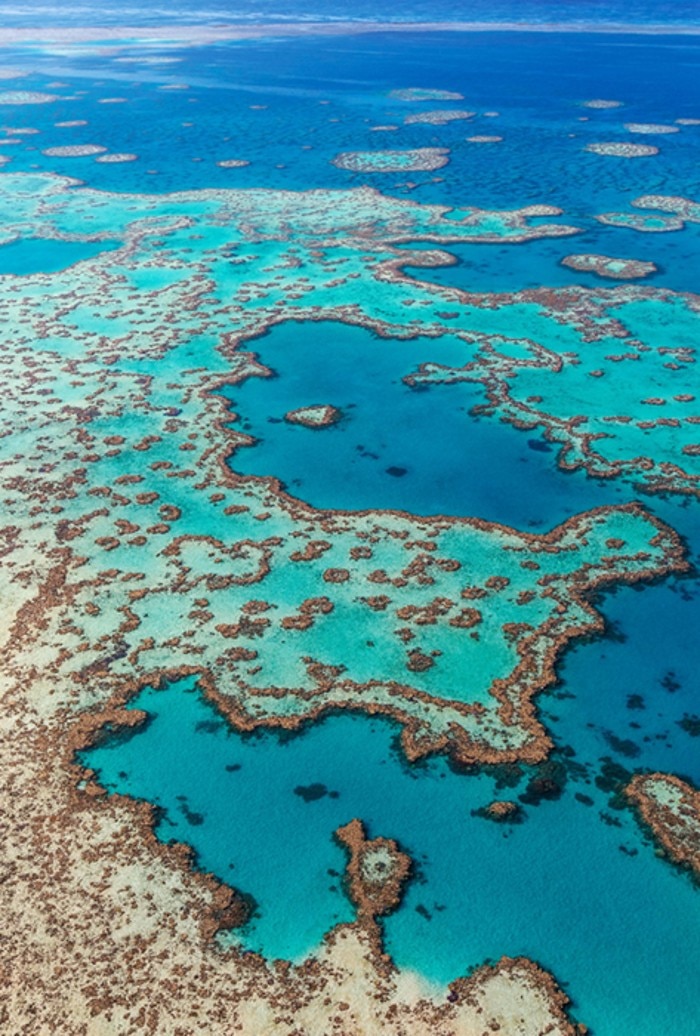
Coral Babies of the Keys
From a bird’s eye view, the 200 islands between the Gulf of Mexico and the Atlantic Ocean, known as the Florida Keys, resemble a dark green necklace within the sparkling turquoise of the water. Their underwater ecosystem is home to the third largest coral reef in the world, the Florida Reef, which formed around 7,000 years ago. On its largest and northernmost island, the diver’s paradise Key Largo, the adventure zoo Mote Marine Laboratory & Aquarium has now established a coral nursery. Up to 20,000 coral fragments are expected to grow here and in two additional growing facilities in order to “reforest” the compromised underwater world. On a different island, Mote has already bred brain, star and branch coral and planted them inside the reefs off the palm tree beach of Islamorada.
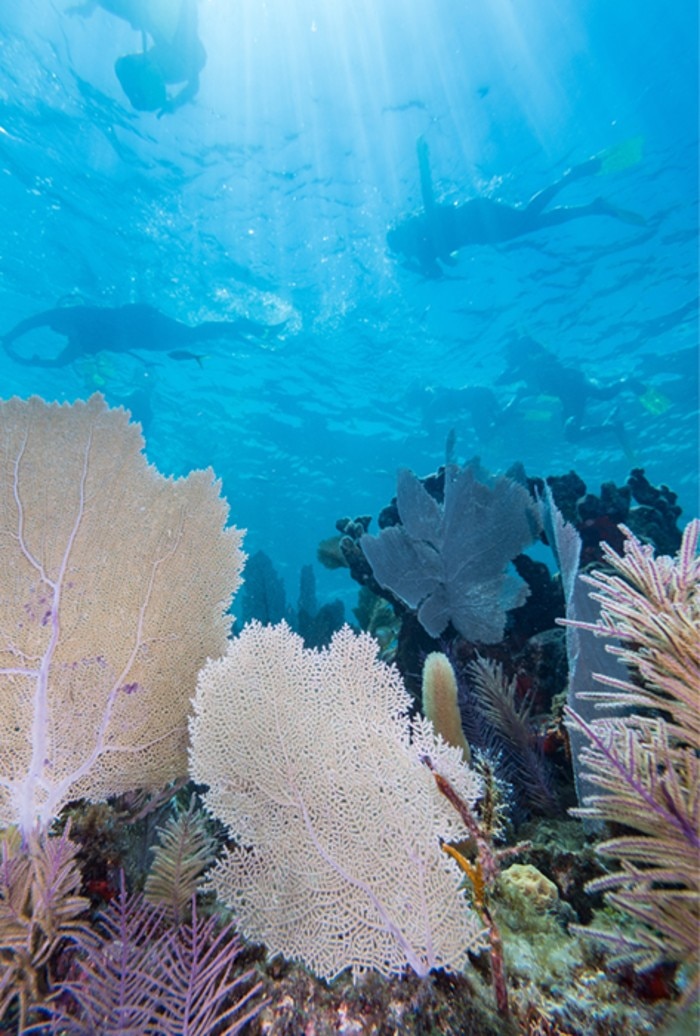
Undiscovered Jewels of the Deep
By pure chance, this past spring, divers discovered a hitherto unknown coral reef on the crater rim of a sunken volcano, at a depth of 600 meters, off the shores of the Galápagos Islands in the Eastern Pacific. It is a sensation, with its seabats, spiny lobsters, sharks, rays and breathtaking stony coral. Not least because typically, deep-sea coral reefs contain only about ten to 20 percent live coral, but also because the abundant resident coral is healthy. They show hardly any evidence of bleaching – the process that leads to coral death as a result of global warming. Scientists hope that this very old and untouched, coral reef may be able to help reconstruct marine ecosystems to better understand climate change.
